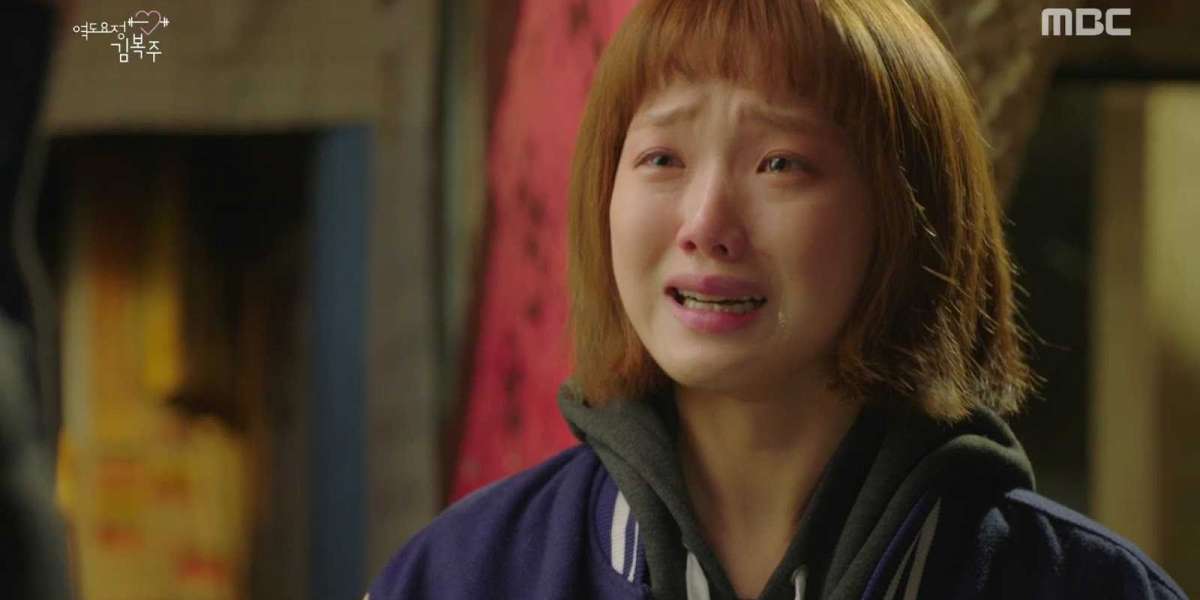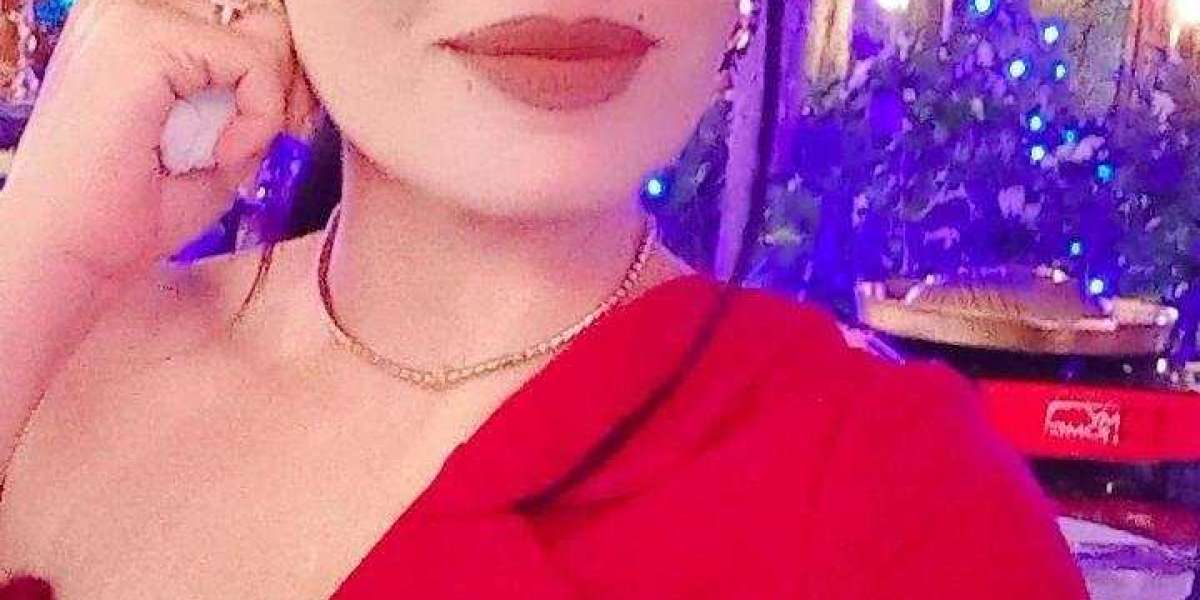Saying you're sorry and owning up to your mistakes are signs of maturity and shows that you respect the other person. As we all know, respect goes a long way.
But have you ever wondered how to say you're sorry in Korean? There are various expressions you can use that are apt for different situations. It also highly depends on who you are addressing.
Here are some expressions you can learn to express your apologies.
1. JWESONGHAMNIDA/JWESONGHAEYO (죄송합니다/죄송해요)
When you start your journey to learning Korean, it is safest to learn how to speak formally first.
If you watch a lot of K-dramas, I bet you have heard this at some point. Joesonghamnida (죄송합니다) is a very formal and polite way to apologize. You can use this with strangers since you don't know how they relate to you, like their age and rank. When in doubt, it is always best to use this expression.
Joesonghaeyo(죄송해요) is slightly less formal than joesonghamnida, but it is still polite and respectful. You can use this with elders, like your parents, or a superior.
As you can see, the main difference between the two is the connecting ending, but the verb stem is the same. How do you know which one to use? Well, it depends on the speech level of formality appropriate for the situation. You can gauge which one to use depending on who you are speaking to.
2. MIANHAMNIDA/ MIANHAEYO/ MIANHAE (미안합니다/ 미안해요/ 미안해, 미안)
This is another expression to apologize in Korean. However, it is slightly less formal than joesonghamnida/joesonghaeyo.
Mianhamnida (미안합니다), based on its speech level, is the most formal way of saying the expression that is appropriate for talking to someone older than you or if they are your superior.
Mianhaeyo (미안해요), although still respectful, is slightly less formal than mianhamnida. If you are close to someone, say your family or older friends, you can use mianhaeyo to apologize to them. Again, it depends on your social situation.
Mianhae (미안해), on the other hand, can be used with friends your age or someone younger than you. This is also how you apologize to your boyfriend or girlfriend.
How about Mian (미안)? Well, it is pretty similar to mianhae that you can use with someone your age or your junior, but the nuance is that mian is a lot less formal and can even be used jokingly among friends. Between mian and mianhae, mianhae is deemed to show more significant concern for the other person's feelings.
3. JALMOTAETSEUMNIDA/ JALMOSIEYO (잘못했습니다/ 잘못이에요)
This translates to "I was wrong" or "It is my fault". This is really a formal way of owning up to a mistake and taking responsibility for something you did.
Similarly to the other expressions above, this just differs in the connecting ending but has the same meaning. Jalmotaetseumnida is just more formal than jalmosieyo.
4. SILLYEHAMNIDA (실례합니다)
This loosely translates to "Excuse me" or "Sorry for interrupting". Say you are lost and want to ask someone you don't know for directions, or you're bringing tea for the people inside a room with an ongoing meeting, you can say "Sillyehamnida" (실례합니다).
There you have it; these are a few different basic ways to say sorry in Korean that you can add to your arsenal.



